Bog Turtles
Bog Turtles

Measuring only 3-4 inches long, bog turtles are the tiniest turtles in the US. Photo: Jonathan Mays
How come we have never heard of bog turtles? Yet they happen to live in our state.
Are you fascinated with turtles, especially the little ones? So are we, especially with North America’s smallest, the bog turtle. Measuring only 3-4 inches long, it can fit in the palm of your hand.
But you probably haven’t seen one in the wild. In the few places they live, they are generally buried in the mud or in winter, hibernating. Plus remember, they are tiny! So let’s learn more.
Where do they live?

Bog turtles only live in a few places in the US.
Well, they only live in small, isolated pockets in parts of the Eastern United States. And guess what? They make their homes in bogs and other swampy wetlands. Hence the name, bog turtle!
We had no idea these tiny turtles live in our area (Western NC). And they are critically endangered. Wow.
Bog turtle facts

When baby bog turtles are born, they are only 1 inch big Photo: Gary Peeples/USFWS
- Beginning mid September to mid April, these little turtles hibernate in deep mud. They slow their metabolism down and settle in for the winter.
- Less than 10,000 are estimated left in the wild, although no one is sure since they are so secretive.
- Baby turtles are about 1 inch long when they hatch from their egg.
- On warm days, they can be found basking in the sun.
- When threatened by a predator, they bury themselves in the mud.
- In human care, they can live up to 40 years. In the wild, we just don’t know how long they live.
- And they are cute with a bright orange or yellow spot on the side of their neck or head.

Bog turtles and pitcher plants often live together in bogs. Illustration: Matt Patterson
Bog turtles habitat
Lots of cool things, including turtles, live in bogs. But what exactly is a bog?
Think stagnant water in low-lying areas with decaying (rotting) plant materials. Lovely. And when you step in a bog, you know it immediately as your boots sink into the mud.
Bogs are really important in controlling flooding and runoff by providing a place for excess water to accumulate. But more importantly, they store carbon from the atmosphere helping mitigate the effects of climate change (warmer temperatures). To learn more about how critical bogs are for our planet, read our blog Benefits of Bogs.
Why are they are so misunderstood?
There are many false misconceptions about these incredible animals.
Myth 1: They make good pets. False!
First of all, they are very timid and like to stay hidden, burrowed in mud most of the time. Second, it is illegal to buy, collect, or sell the turtles or their eggs. So no, they don’t make good pets.
Myth 2: Bog turtles have lots of baby turtles so taking a few won’t hurt their populations. False!
Actually, they are very slow to reproduce with only 2-3 eggs laid each year.
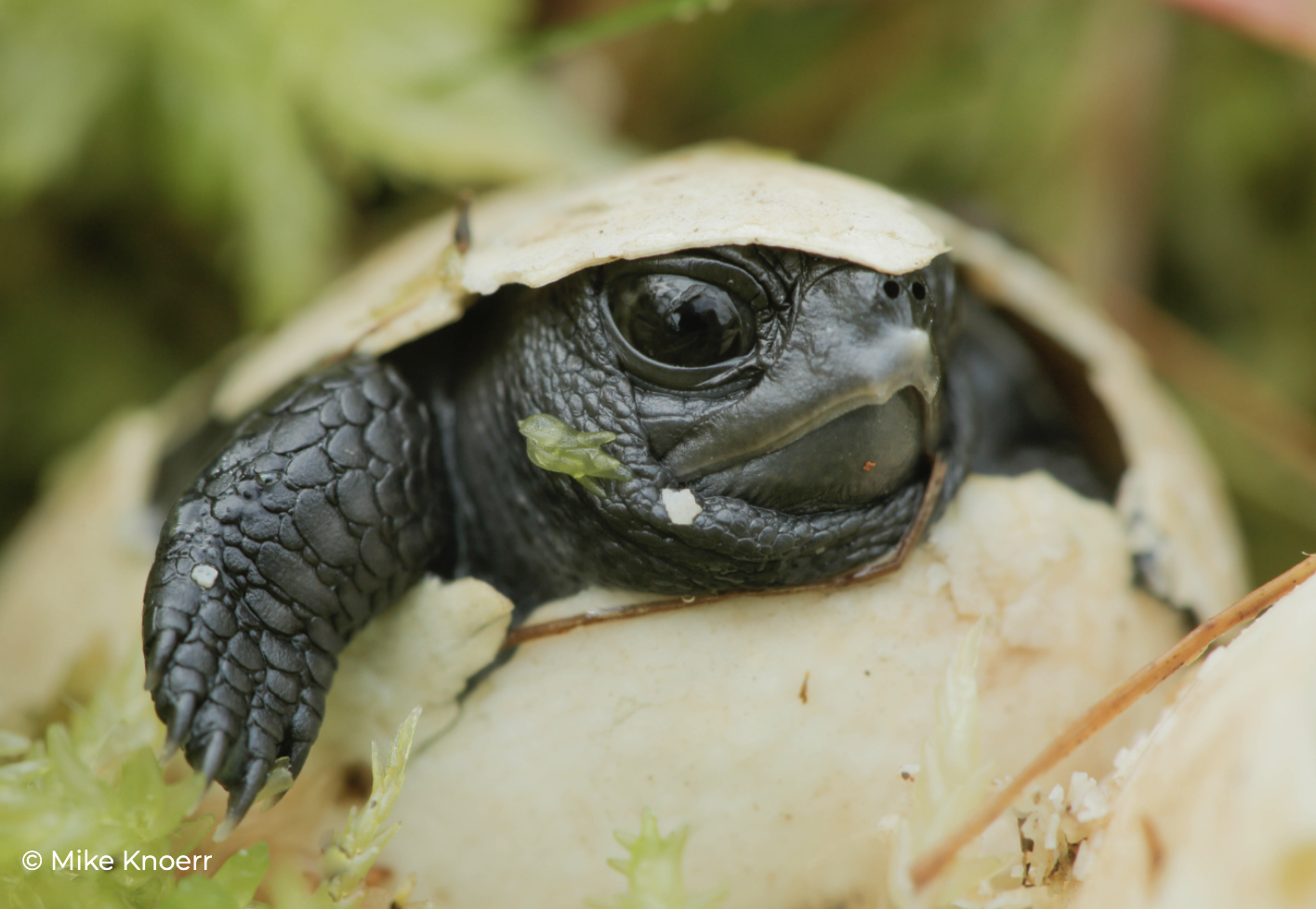
A baby hatching from an egg. Photo: Mike Knoerr
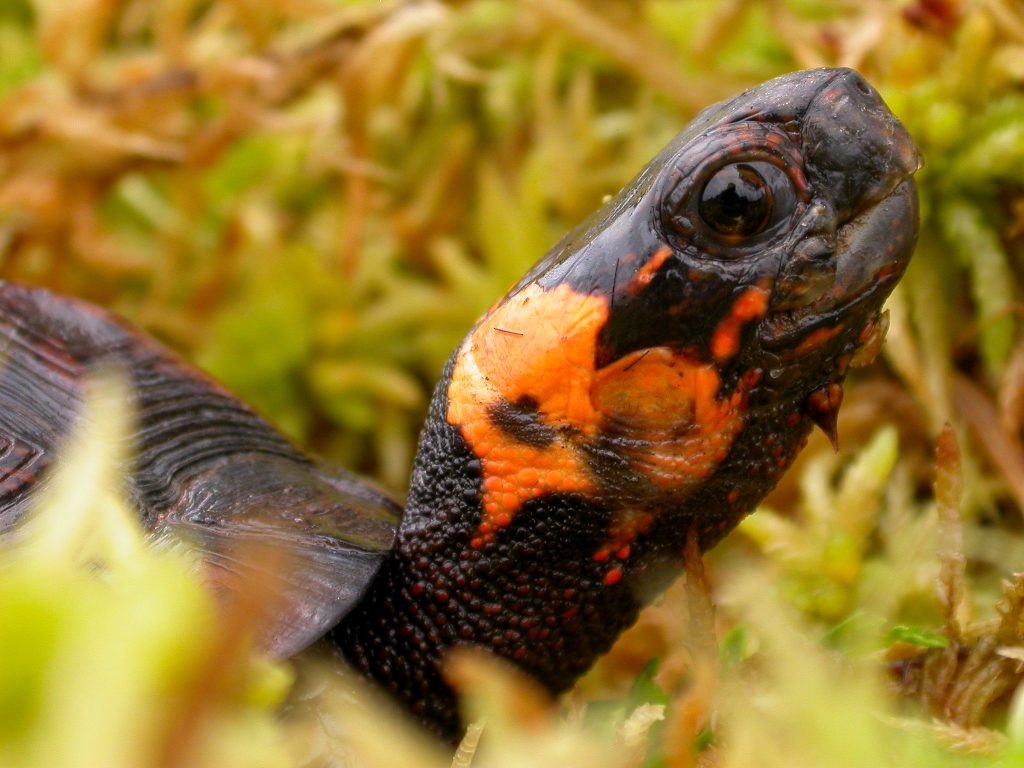
Bog turtles are flagship species. A what kind of species? Photo: Jonathan Mays
And why are bog turtles important?
These cute little turtles eat lots of pesky insects along with slugs, small worms and even some vegetation. They in turn, along with their eggs, are food for predators such as raccoons, birds and snakes.
Plus they are a flagship species. Hmm. What kind of species?
Flagship species are ambassadors for their habitat. These guys and gals are so cute, they inspire folks to want to help save the turtles and therefore, save the bogs.
Their biggest threats?
As land is developed, bogs are filled in so the turtles lose their homes. But the illegal pet trade also has a devastating effect.
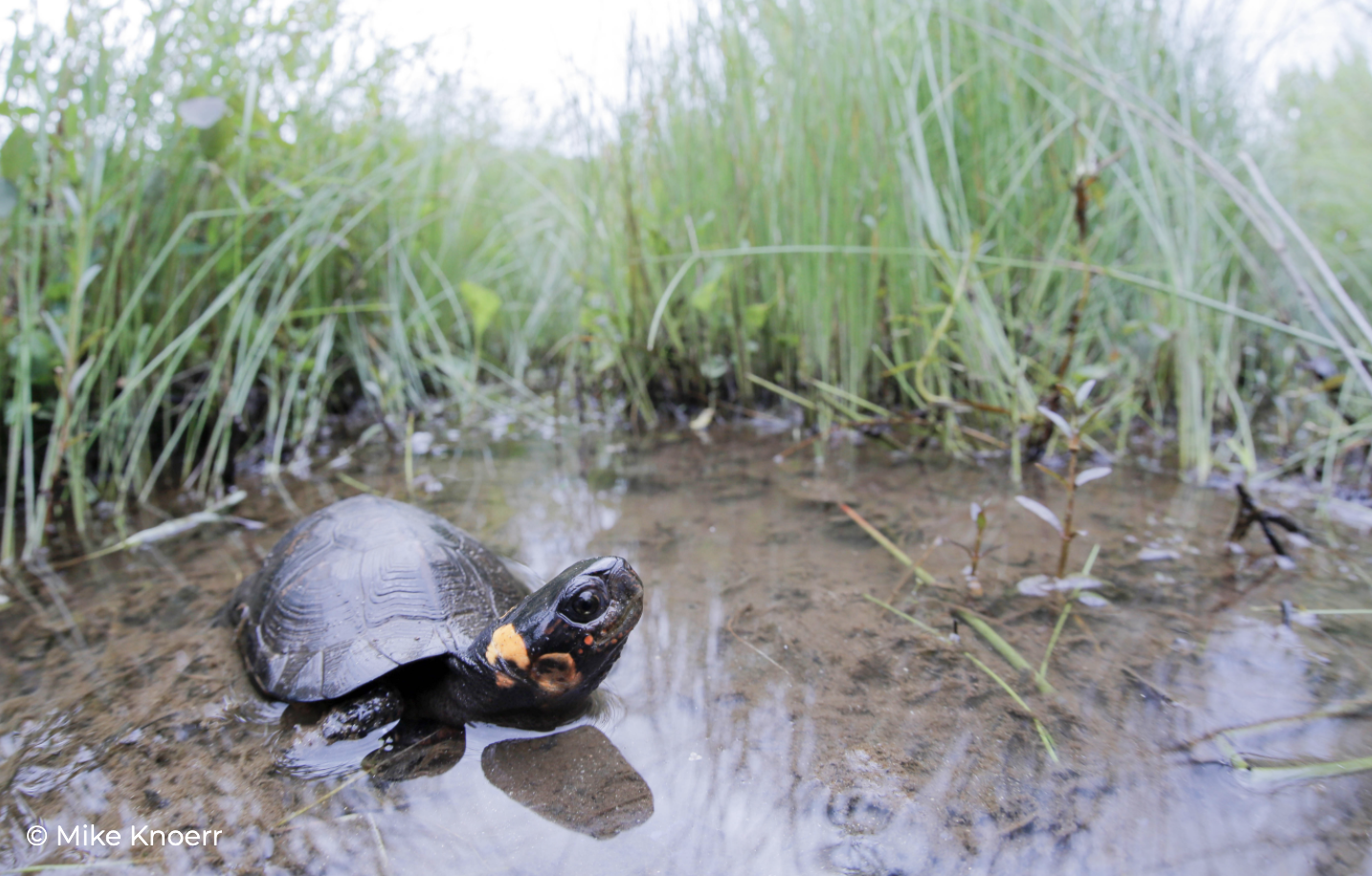
Bogs are rapidly disappearing which leaves turtles without a home. Photo: Mike Knoerr
How can you help?
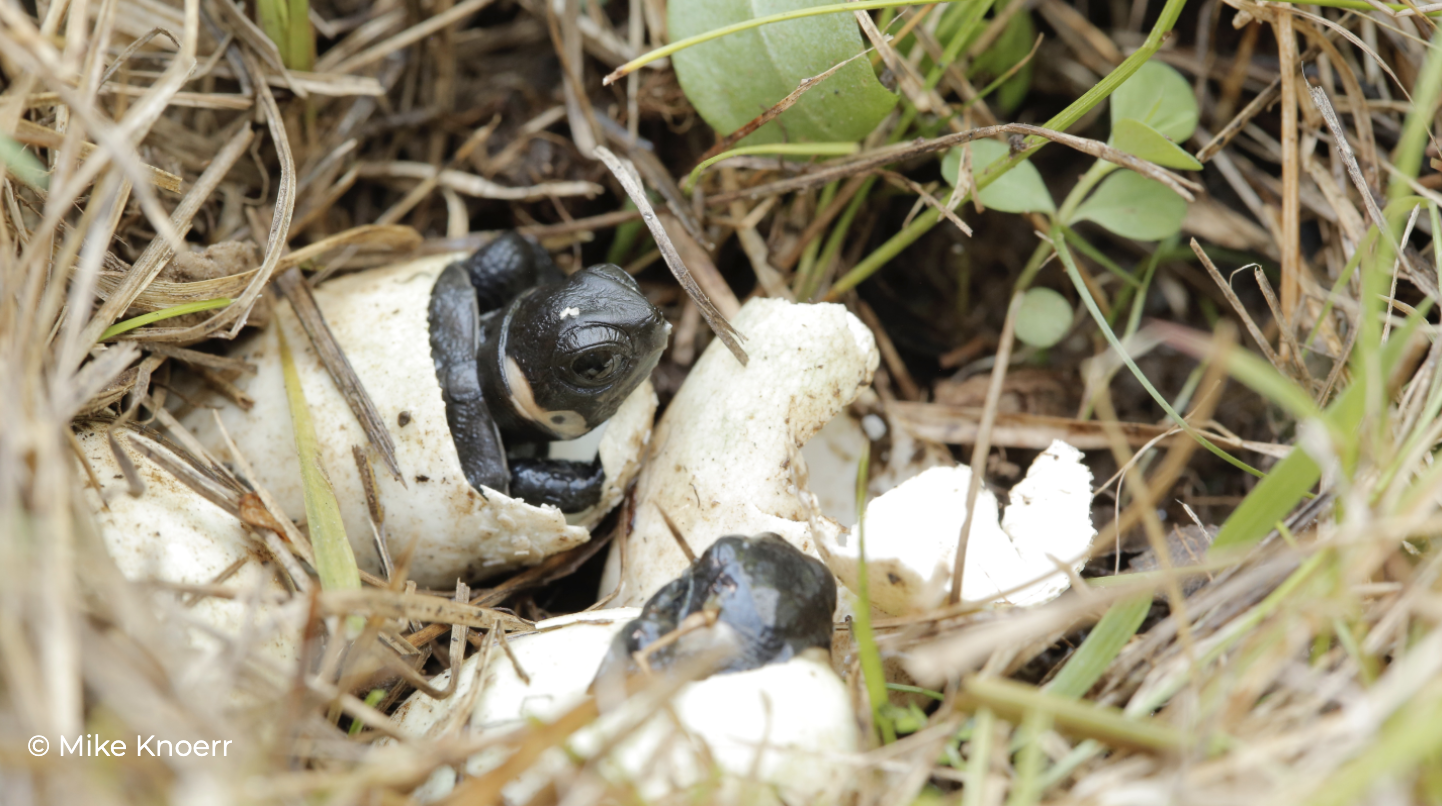
Females only lay 2-3 eggs a year. Photo: Mike Knoerr
Learn more about bogs and bog turtles and then share on social media. Most folks, like us, have never heard of bog turtles so knowledge is power.
They are often sold as pets. So if you ever see one for sale, please help them by not buying one and discourage others.
If you have land that would make good habitat for turtles, talk to your local land preservation group or USFWS to see if the land can be protected. You never know until you ask.
Support conservation organizations that protect bogs or bog turtles or both. A few of the ones we support:
Learn more
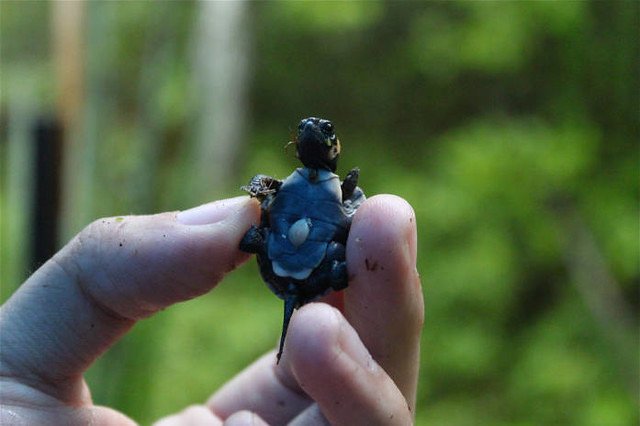
Bog turtles are often sold illegally for pets. Photo: RosieWalunas/USFWS
A great blog by Mike Knoerr for Defenders of Wildlife: Hatching Hope in Mountain Bogs
Saving Our Rare and Beautiful Mountain Bogs, an in-depth look at the plants and animals that live in bogs by Conserving Carolina.
Bog Turtles: North Carolina Wildlife Profiles Learn more about these tiny turtles.
